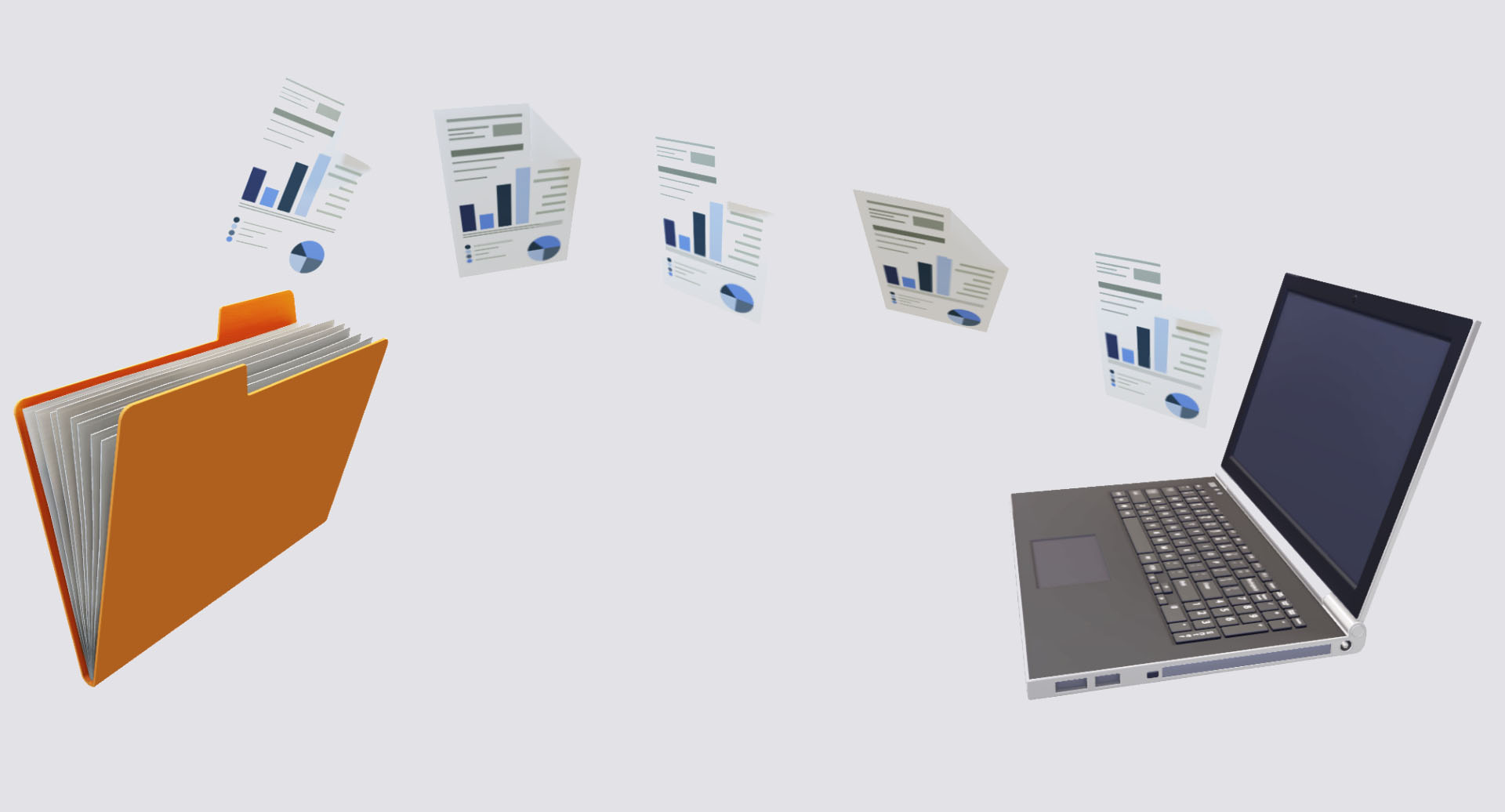
The best way to be compliant with the PAF
If you are an employer of H-1B, H-1B1, and E-3 non-immigrants, you must be aware of the “Public Access File” aka PAF. Owing to the recent strict implementation of immigration rules and policies, your lawyers or immigration experts must have asked you to keep all the PAFs ready. Are you wondering how to be on top it and do it the right way? No worries, in this blog, we will explain you everything in detail.Moreover, when you are hiring overseas talent, you work with many important documents that contain sensitive and personal information, and you must work towards safely filing and protecting all of those. This is where technology can help you.
Almost half of the employers (48 percent) are investing in technology-enabled
platforms to manage the immigration process and 62 percent of employers are
making supplementary investments in data security.*Source: Envoy Global: 2018 Immigration Trends Report
When you use any technology-enabled platform having an immigration module, you can automate things like never before. You will have access to a comprehensive, secure view of your workforce’s Public Access Files whenever and wherever you need. Not only does this mean reliable document storage, but it also helps you to eliminate incomplete and incorrect documents that could make your company non-compliant. Now let us get started on the process to make you compliant.
Firstly, we will see the list of the documents that need to be part of the PAF.
- The LCA;
- Rate of pay for the H-1B worker;
- Description or summary of the actual wage system;
- Prevailing wage rate and its source;
- Documentation that the notice requirement was satisfied;
- Summary of benefits offered to U.S. workers and H-1B workers;
- List of entities included as a “single employer”; and
- In the event of corporate change:
- Sworn or notarized statement by successor entity accepting all liabilities of predecessor entity;
- List of H-1B workers transferred to successor entity;
- Each affected LCA number and effective date;
- A description of successor entity’s actual wage system; and
- Successor entity’s employer identification number.
*Source: 20 CFR Part 655: Labor Condition Applications and Requirements for Employers Using Nonimmigrants on H–1B Visas in Specialty Occupations and as Fashion Models; Labor Attestations Regarding H–1B1 Visas; Interim Final Rule
https://www.foreignlaborcert.doleta.gov/pdf/h-1b1_reg.pdf
Important Points:
TO DO’s:
- It is important to keep the public access file separate from all other employee and business files.
- Public access files must be maintained for a period of one year beyond the last date on which any H-1B nonimmigrant was employed under the labor condition application.
- Each H-1B applicant’s separate public access file
- After one year, you should shred or permanently delete your public access files to avoid any mix-ups that could result in a fine.
- Perform Regular Internal Audits (Checklist for Internal Audit). Once a quarter is an ideal one.
- Assign one team member be a PAF Master.
- Keep reminders in your calendar for the internal audits.
- Have a Site Audit Checklist ready. (Checklist for Site Audit).
NOT TO DO’s:
- Do not share any personal information of the employee.
- Storing documents in a non-secure environment.
- Avoid Over Documentation.
- Do not forget to add the ceritified LCA after it has been approved and signed by all parties.
- Do not maintain all the PAF’s ever created.
What if I do not maintain the PAF?
Employers who fail to comply with the Department of Labor (“DOL”) regulations may become subject to investigation, civil and administrative penalties, payment of back ages, and disbarment from participation in key immigration programs.
FAQ’s
Q. Do we need to have a new PAF after an h-1b extension is filed and what do we do with the previous public access file we have?
A. I think best practices generally to create a separate file. This is again were having an electronic system is really helpful. We suggest that and storing those together is to ensure that
a) the document retention is occurring but
b) to know which public access file relates to which petition because the LCA is a very generic document with only like a little number at the bottom that’s really differentiating it so it’s helpful to ensure that you know which relates to which petition you would want to mark the initial file as the new file comes in and with that kind of document retention requirement because it is specific to the other LCA.
Q. How long should you maintain an h-1b public access file for an employee who’s been terminated from the company?
A. As per the regulations, you are still required to maintain the PAF for one year from the termination date.
Q. If an officer does arrive on site to conduct an audit will they ask for a specific file by the LCA number?
A. In our experience no and frankly in my experience when the DOL does show up they have a very specific plan of action in mind and that can include asking for a variety of public access files and generally there will be a date range because a lot of DOL investigations are complete driven and so they will often ask for the public access files within the date range related to a complaint.
Q. If there are multiple LCAs for an employee, do we need to keep all of them or do we just keep the most recent LCA?
A. You are required to keep all of the PAFs even if an employee has multiple LCAs. The cases can be varied like – there was some type of extension or change in employment or an amendment. So, you are still required to hold on to those one year beyond whatever the termination date is of that relationship with that particular employee so you’re holding on to all of them for one year until that person no longer works for you.
Well, now that you are aware of the importance of PAF for a staffing company, all you need is a Workforce Manager that can take care of your PAF worries. The best choice is Vultus Connect, an all-around workforce management solution that creates your Public Access Files using LCA and templates, reducing the necessity for old-fashioned document collection. You can control all PAFs electronically utilizing the app and share them instantly in the event of an audit or request from the public. And the best part, you don’t pay a penny extra for PAF management. It comes free with the package.
To receive and stay updated about related content:





